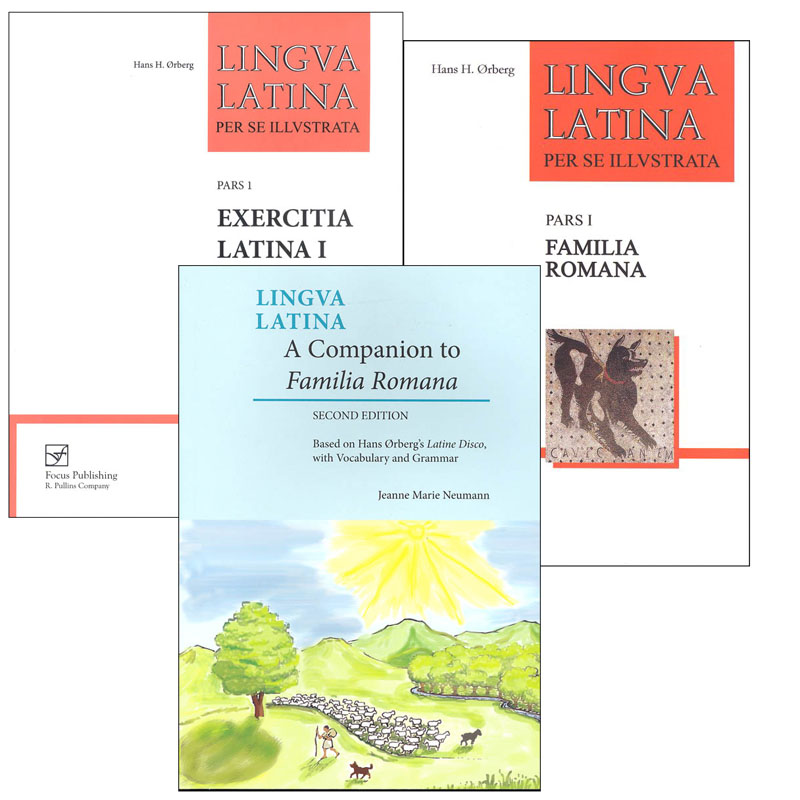
Les Oeuvres De Virgile, traduites en prose, enrichies de figures.par Michel de Marolles. Lacks engraved title-page, but has portr. Engraved frontispiece (portr.) and title-page by W. Translated by John Ogilby.London, printed by T.R. (Epistle dedicatory signed: Iohn Penkethman). Englished by I.P.London, printed by G.P., 1624. Virgilius Maro, and others, with praises of him and his workes, also his epitaphs composed by divers illustrious persons and lastly the arguments of his workes. Las Obras De Publio Virgilio Maron, traduizadas en prosa castellana por Diego Lopez.En Lisboa, por Antonio Alvarez, 1620. Venetia, appresso Giacomo Cornetti, 1586. Nuovamente de diversi eccellentissimi auttori tradotte in versi sciolti. L'Opere Di Virgilio, cioè, la Buccolica, Georgica, & Eneida.

Bound in blue crushed morocco, gilt, by Trautz-Bauzonnet, ruled outside borders, inside dentelles, gilt edges. Les Oeuvres De Virgile Maron, traduittes de latinen francois par Robert & Anthoine le Chevalier d'Agneaux freres.Large printer's mark. Initials: head and tail pieces: italic type. Vinegia, Appresso Domenico Farri Printer's mark on t.-p. Nvovamente da diversi eccellentissimi auttori tradotte in uersi sciolti. Printer's marks on title-page and at end. Red morocco, gilt, inside dentelle borders, by Stikeman & Co. Lodovico Domenichi.In Fiorenza, (appresso i Giunti), 1556. L'Opere Di Vergilio.nuovamente da diversi excellentiss, auttori tradotte in versi sciolti, et con ogni diligentia raccolte da M. Note: call numbers for the books begin with At first Livy’s prose is gently adapted, but the main part of the book contains unadapted texts by Livy, Aulus Gellius, Nepos, Sallust, Cicero, and Horace.Vergil Translations: Aeneid The Virgil Collections at Princetonįoundation collection formed by Junius Spencer Morgan (Class of 1888) A description of the city of Rome is followed by a prose version of Vergil’s Aeneid I-IV, with some important passages in the original, and Livy’s Book I supplemented with extracts from Ovid. In Part II, Roma Aeterna, the subject is Roman history. At the end of the book there is a survey of inflections, a Roman calendar, and a word index, Index vocabulorum. Each chapter is divided into 3 or 4 lessons and consists of several text pages followed by a grammar section, Grammatica Latina, and three exercises, Pensa. The 35 chapters form a sequence of events in the life of a Roman family in the 2nd century ad. Part I, Familia Romana, covers the essentials of Latin grammar and a basic vocabulary of some 1500 words. The reading of this Latin novel also serves as an introduction to the life and culture of ancient Rome. To meet these demands the chapters of Part I form an eventful and entertaining narrative, which captivates students so that they look forward to reading the continuation of the story. This demands a carefully graded text, but to promote learning the content must stimulate interest and make it easy for the reader to visualize the scenes described. In this text every sentence is intelligible per se because the meaning or function of all new words and forms is made clear by the context or by illustrations or marginal notes.

Lingua Latina per se Illustrata provides a Latin text that students can read and understand immediately without any need for translation. Reading in this way, they move on step by step towards the ultimate object of Latin teaching: the reading of Latin literature in Latin with real understanding and appreciation. Such direct understanding gives the students self-confidence and develops their faculties of observation and reasoning, faculties that will be greatly needed as the sentences grow more complex. An important factor is the satisfaction experienced by students when they discover that they can actually read and understand Latin immediately without parsing each sentence.

This Ørberg's method, based on understanding from the context, has proved efficient both for self-tuition and class teaching. Professor Ørberg with Carlos Martínez Aguirre (Almuñecar 2005)


 0 kommentar(er)
0 kommentar(er)
